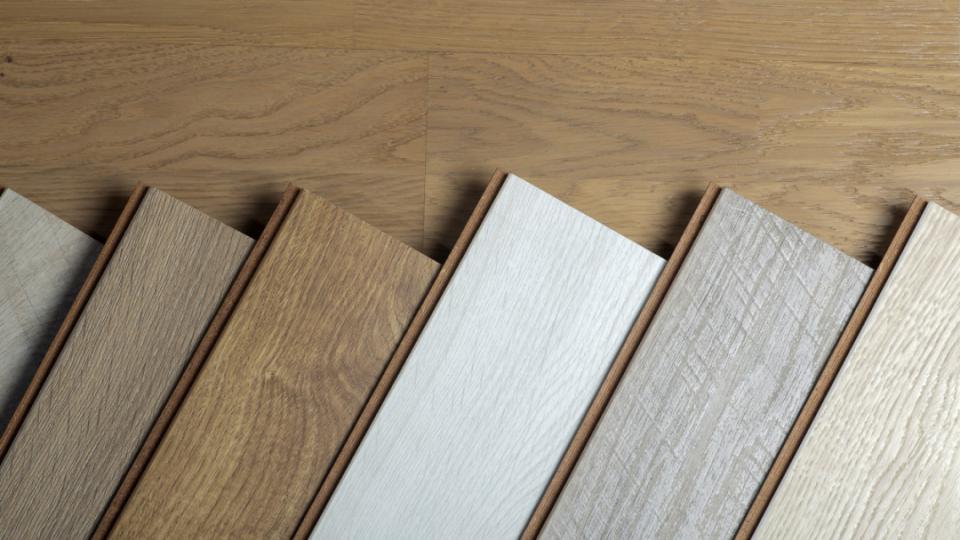Waterproof Vs Water Resistant Flooring
Waterproof Flooring
Waterproof flooring is designed to be completely impervious to water. It is ideal for areas of the house where there is a higher risk of water exposure, such as bathrooms, laundry rooms, and basements. With waterproof flooring, you don't have to worry about any water damage or the growth of mold and mildew. It provides a reliable barrier against moisture, making it a durable and long-lasting option for homeowners.
Water-Resistant Flooring
Water-resistant flooring, on the other hand, offers some level of protection against water but is not completely impervious. It can withstand limited exposure to moisture but may still be susceptible to damage if exposed for an extended period. Water-resistant flooring is a good option for areas of the house where there is a lower risk of water, such as living rooms, bedrooms, or dining rooms. It provides a level of protection against spills and accidents while still offering the aesthetic appeal of hardwood or laminate.
Waterproof vs. Water Resistant
Now that we have a basic understanding of waterproof and water-resistant flooring, let's dive deeper into the key differences between the two.
Advantages and Limitations
Both waterproof and water-resistant flooring materials have their advantages and limitations, so it's important to consider your specific needs and preferences before making a decision.
Advantages of Waterproof Flooring
Complete protection against water damage
Resistant to mold and mildew
Durable and long-lasting
Wide range of design options
Easy to clean and maintain
Limitations of Waterproof Flooring
Higher cost compared to water-resistant flooring
Installation may require professional expertise
May feel colder and harder underfoot
Advantages of Water-Resistant Flooring
More affordable compared to waterproof flooring
Easy installation for DIY enthusiasts
Provides a level of protection against spills and accidents
Warm and comfortable underfoot
Limitations of Water-Resistant Flooring
Not suitable for areas with high water exposure
May incur damage if exposed to moisture for an extended period
Limited design options compared to waterproof flooring
Waterproof vs. Water Repellent
It's important to note that there is a difference between waterproof and water repellent. While waterproof flooring is completely impervious to water, water repellent flooring has a surface that repels water, making it less likely to be damaged by spills or accidents.
Water repellent flooring is typically treated with a protective layer that prevents water from seeping into the material. This makes it a good option for areas where there is a moderate risk of water exposure, such as kitchens or entryways. However, it is not as resistant to water as waterproof flooring, and prolonged exposure to moisture can still cause damage.
Conclusion
Choosing the right flooring for your home is an important decision, especially when it comes to areas that are prone to moisture. Waterproof and water-resistant flooring materials offer different levels of protection against water, with each having its own advantages and limitations. If you live in an area with high water exposure or have a bathroom or basement that requires maximum protection, waterproof flooring may be the best option for you. On the other hand, if you are looking for a more affordable and versatile solution that can withstand limited moisture exposure, water-resistant flooring may be the right choice. Consider your specific needs, budget, and design preferences to make an informed decision that will ensure both functionality and aesthetics in your home. Remember no flooring can withstand flooding or major leaks within your home. Find TrustDALE Certified Flooring companies at TrustDALE.com!

